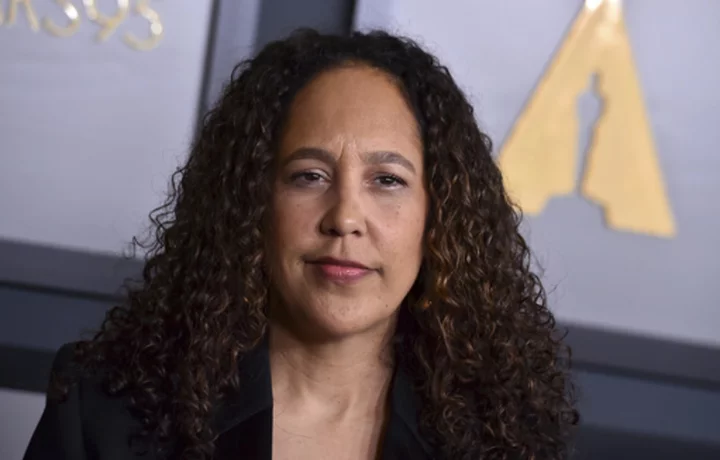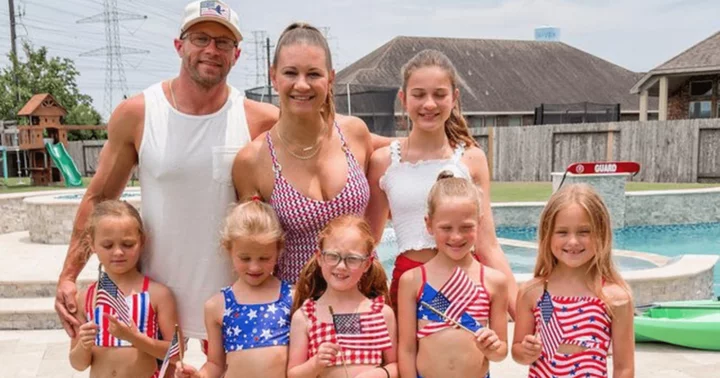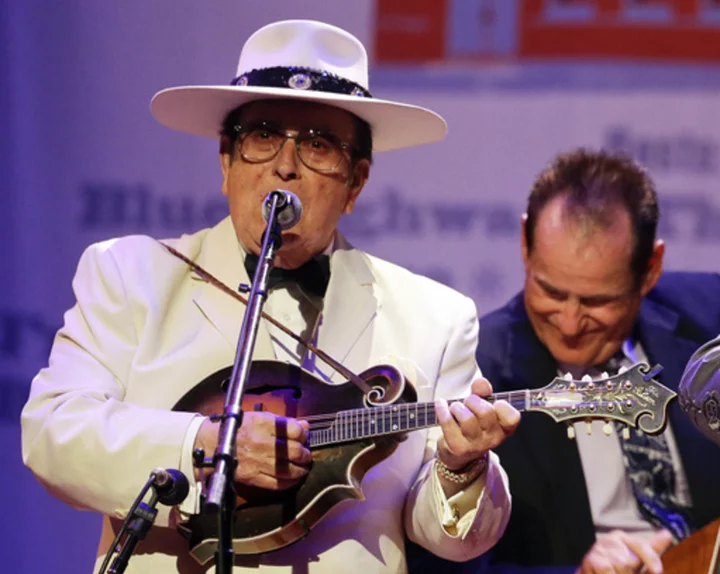Twenty-five years ago, Gina Prince-Bythewood’s “Love & Basketball” was essentially dead.
She’d pitched her now classic film all over Hollywood and everyone had said no. Then she got a call inviting her to the Sundance Labs – a creative retreat for aspiring directors and screenwriters at the idyllic Sundance Mountain Resort nestled in the Wasatch Mountains of Utah – where she would workshop her script and get advice from industry veterans. Suddenly it had life again.
Later, Sundance helped arrange a reading which got it in front of Spike Lee’s company, who would go on to make the film.
“Sundance changed the trajectory of my career,” Prince-Bythewood said in an interview earlier this month from the 2023 Directors Lab, where she’d returned for the first time as an advisor. “I’ve wanted to come back for years.”
The Sundance Institute might be best known for its annual film festival in Park City, Utah, but the screenwriting and directing labs have been just as, if not more, influential in helping to launch the first films of many of Hollywood’s top filmmakers over the past 40 years. Alumni include Ryan Coogler, Paul Thomas Anderson, Quentin Tarantino, Nia DaCosta, Taika Waititi, Lulu Wang, Charlotte Wells and this year’s best director winners Daniel Kwan and Daniel Scheinert.
The labs, which started in 1981, were the brainchild of Robert Redford who wanted to create a space for artists to create, push boundaries and explore outside of the business pressures of Hollywood filmmaking. Fellows get a free trip to the mountains, resources to work on and film scenes, actors at their disposal and some of Hollywood's top talents as advisors. And, since the beginning, the beating heart of that community has been Michelle Satter, the founding director of the institute’s feature film program.
Satter has many, many stories about working with filmmakers early in their careers, from P.T. Anderson, who came with the seed of an idea for “Hard Eight," to Coogler, who developed “Fruitvale Station” at the labs. When the Daniels came with “Swiss Army Man,” she remembers they didn’t have much experience working with actors. The labs gave them a space to help develop that skill and refine their unique storytelling sensibilities, which blossomed further with their second feature “Everything Everywhere All At Once.”
“Sundance doesn’t own, doesn’t produce, doesn’t finance these films,” Satter said. “We're just helping them find their voice and encourage their vision.”
Ultimately, Satter just feels privileged to be, what she humbly calls, a small part of these artists' trajectories as they grow and develop their confidence as storytellers.
“As much as the industry has changed, there is always a need for us to be supporting independent voices and bold creative filmmaking and courageous work,” Satter said. “Sundance is that kind of sacred, magical space for supporting really exciting new independent voices that need to be seen and need to be heard. Many of the projects we support have a real sense of urgency. And that’s never going to change.”
Filmmaker Miguel Arteta said he owes his career to Satter. He's come back to the labs many times as an advisor, including this year.
“As artists, most of us have been supported by somebody and you want to pay that forward. That element is really lovely. Then there’s this really selfish element of wanting to be energized and invigorated by the creativity,” Arteta said. “These are people who are trying to go against the grain and tell very honest and brave stories. They’re trying to take risks. The fact that there’s a program that has found such a lovely way to support them is a wonderful thing.”
Among this year’s crop of eight directing fellows were Sean Wang, who came with his script “DìDi” about a 13-year-old Taiwanese American boy the summer before high school and Audrey Rosenberg, whose “Wild Animals” follows a character considered a pariah in her 19th century farming community who becomes consumed with hunting a mythic beast.
Over the course of the week, they are treated to workshops about directing actors, screenings and Q&As with advisors and intensive work on scenes they've chosen from their scripts which they get to shoot, edit and showcase, while advisors like Joan Darling, Joan Tewkesbury, Arteta, Prince-Bythewood, Ira Sachs and Ed Harris observe and advise.
“It’s hard to put into words how special the lab environment really is,” Wang said. “People who are heroes of mine are engaging with me through a piece of work that I wrote and were able to get so deep and personal into the deepest crevices of my soul.”
Rosenberg, who went to film school at USC, said the labs have been a profoundly different and essential experience.
“It’s much more emotional and less technical,” Rosenberg said. “To really be given the space and opportunity and safety to tap into who we really are and what we really want to say is incredibly rare.”
One of the main tenets of the labs is a “spirit of generosity.” And Satter makes sure there is no feeling of competition, just support.
“There’s nothing like it in terms of just working on film,” said Ed Harris, who has been an advisor since 2002 and has worked with the likes of Chloé Zhao and Benh Zeitlin. “You can’t be here and not be in a good mood. It’s just about giving and learning and sharing your knowledge."
“It almost sounds like a cult,” Harris added with a laugh. “It’s not. It's really not.”
Prince-Bythewood also said she was feeling inspired being around new filmmaking voices early in their careers and hopes that she's helping them as much as she was helped years before. Walking around the halls for the first time in over two decades, she was struck by all the great films and filmmakers that have come out of the labs.
“How many of these special projects would have never seen the light of day without Michelle, without Robert Redford’s vision, without this incredible place?” she said. “It’s actually really scary to think about.”
___
Follow AP Film Writer Lindsey Bahr on Twitter: www.twitter.com/ldbahr.









